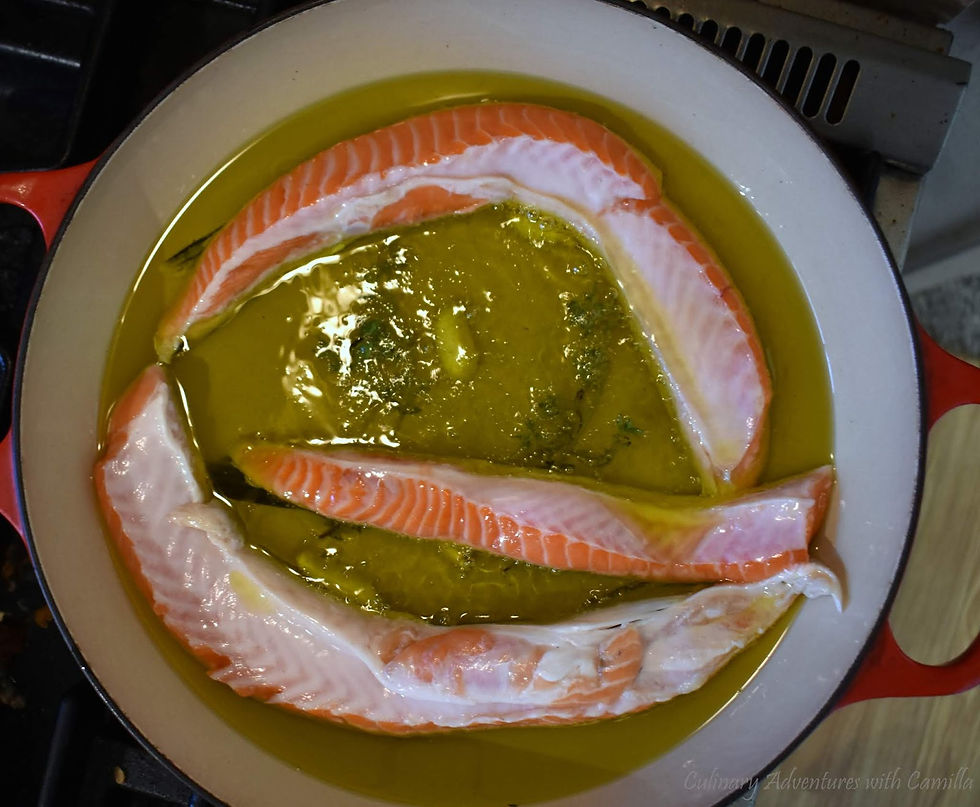This month the Wine Pairing Weekend group is looking at heritage and traditional wines and pairings. Andrea of The Quirky Cork is hosting. Yikes! I must have stopped reading the prompt right there. Whoops. The theme was actually heritage or grapes used where they are not traditional.

Ahead of the event, I found two bottles and decided which one to pair when. This bottle from Georgia, the country not the state, is a blend of two indigenous Georgian grapes - Rkatsiteli and Mtsvane.
2019 Rkatsiteli-Mtsvane Qvevri, Nekresi Estate

The Nekresi Estate Winery is located in Kvareli, Georgia. And all of the wines are made in the traditional Georgian Qvevri for 6 months after which they are moved to stainless steel tanks. The wines are left to age in the bottle for at least one year.

Rkatsiteli is an ancient pale-skinned grape variety that has cultivated for several millennia. A little more research revealed that the name literally translates to 'red stem,' inspired by the reddish hue its stalks develop near harvest time. Typically, the grape is used to make Georgian wine in the traditional way - in qvevri or enormous clay vessels. The grapes are pressed and placed in the qvevri with juice, skins, stems, and all. The qvevriare sealed, buried in the ground, and left to ferment for many month. The resulting wine, from the skin contact, is amber-colored and slightly tannic. Qvevri literally means 'that which is buried' and is how the vessels differ from amphorae which are not buried.
.
Mtsvane, that means 'green' refers to a less specific grape. It is a name given to over a handful of light-skinned grape varieties native to the Georgian Republic. Each variety does have a unique genetic profile and the name is commonly appended with the region they are from such as Mtsvane Kakhuri and Goruli Mtsvane.
In the glass, this wine was a brilliant marigold color with an earthy aroma of clay. Not surprising given its aging vessel. However, Jake was surprised when he tried it; he thought it would be sweet given its heft. But it was tannic and vibrant with a meaty texture. I decided to pair it with some salmon-filled baked potatoes.
Olive Oil-Poached Salmon Belly Baked Potatoes

Salmon
1 pound salmon bellies
3 to 4 cloves garlic, peeled
2 to 3 sprigs fresh thyme
olive oil
Baked Potatoes
baked potatoes
butter
salt
pepper
crème fraîche
fresh thyme for serving

Salmon
Select a large enough pot that the salmon bellies can sit flat without touching each other. I use my Le Creuset braiser. Pour olive oil into the pot so that it’s about ½” deep. Add garlic and thyme. Bring the olive oil to a simmer and cook for 10 minutes. Lower the salmon bellies – skin-side down – into the warm oil. Poach for 10 to 12 minutes. Flip the bellies and poach for another 5 to 6 minutes. If using immediately, serve warm. If using later, let salmon cool and refrigerate.

Assemble
Slice the baked potatoes lengthwise about halfway through. Press the ends to open up the potatoes. Add a pat of butter and sprinkle with salt and pepper. Spoon in some crème fraîche. Top with poached salmon, bones removed. Garnish with fresh thyme. Serve immediately.
Later this week, you'll see my official #WinePW offering: A Geography Lesson + a Taste of Bulgaria: Bob Chorba and a Blend of Mavrud and Rubin from Thrace. Stay tuned!
Comments